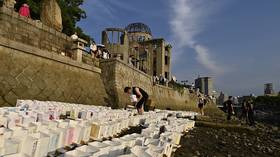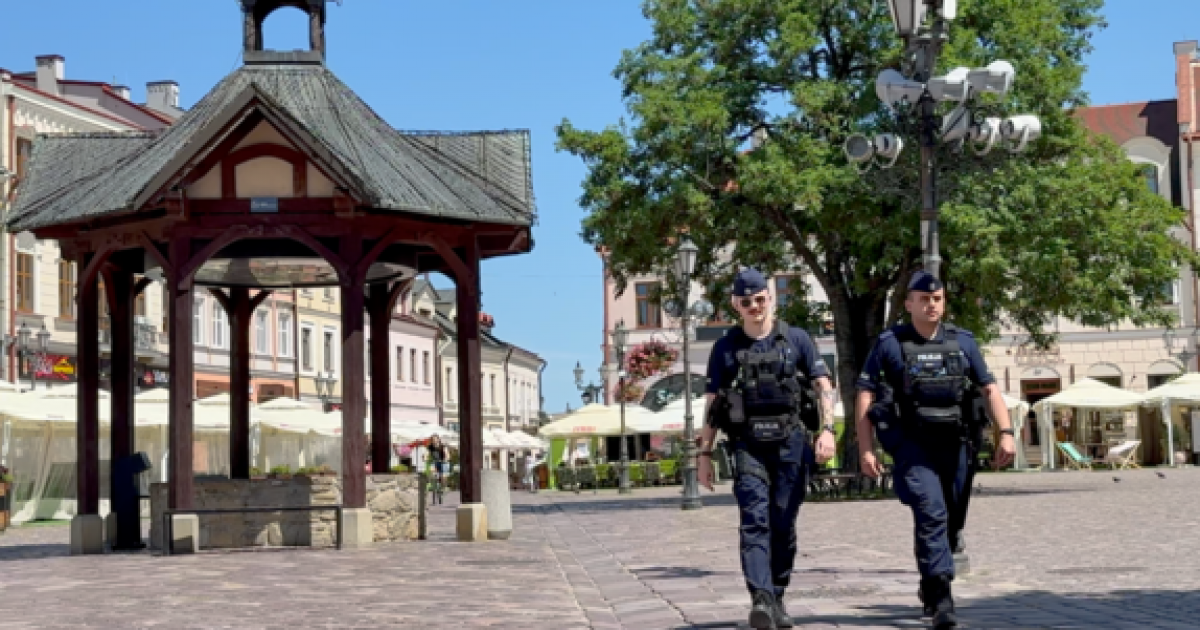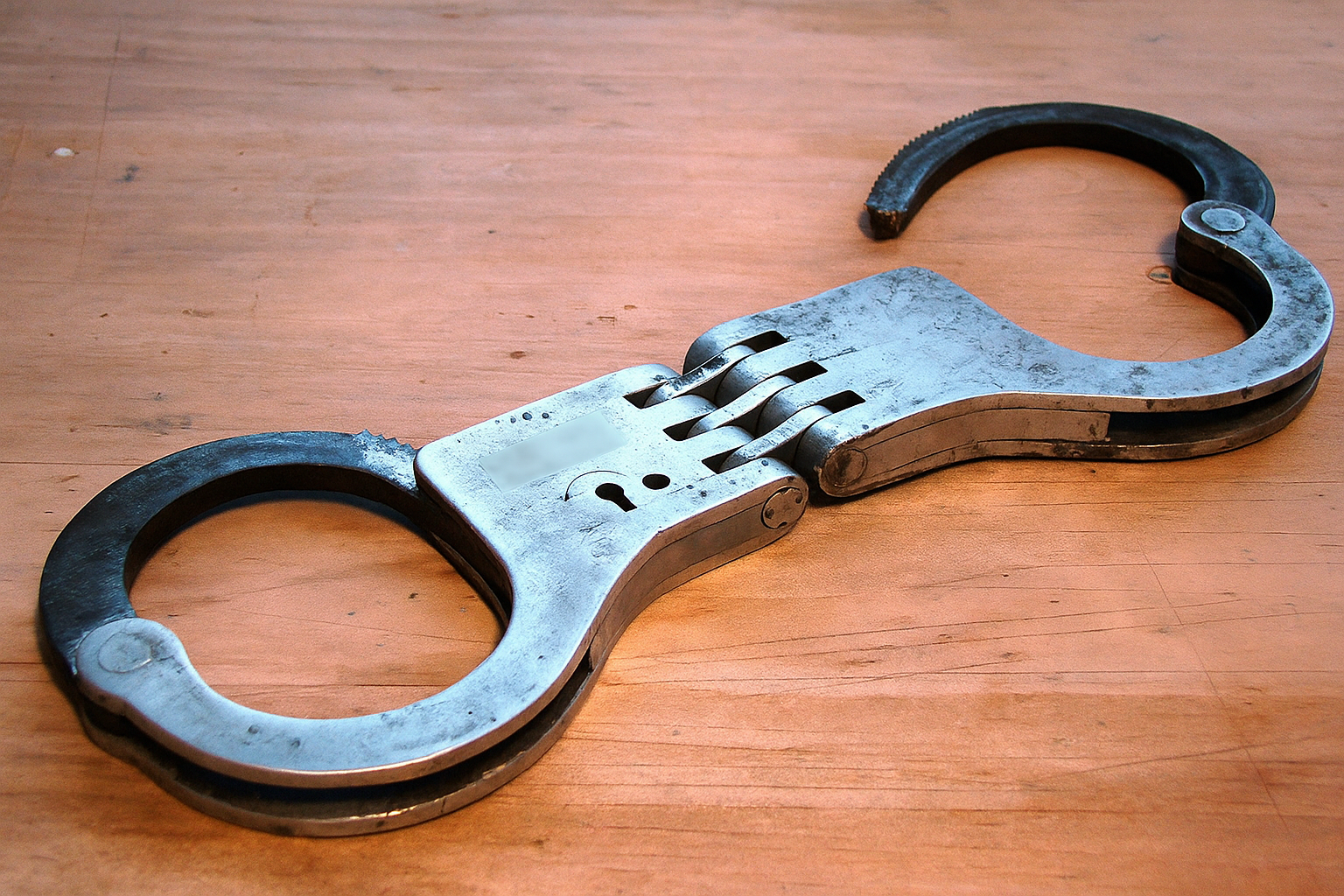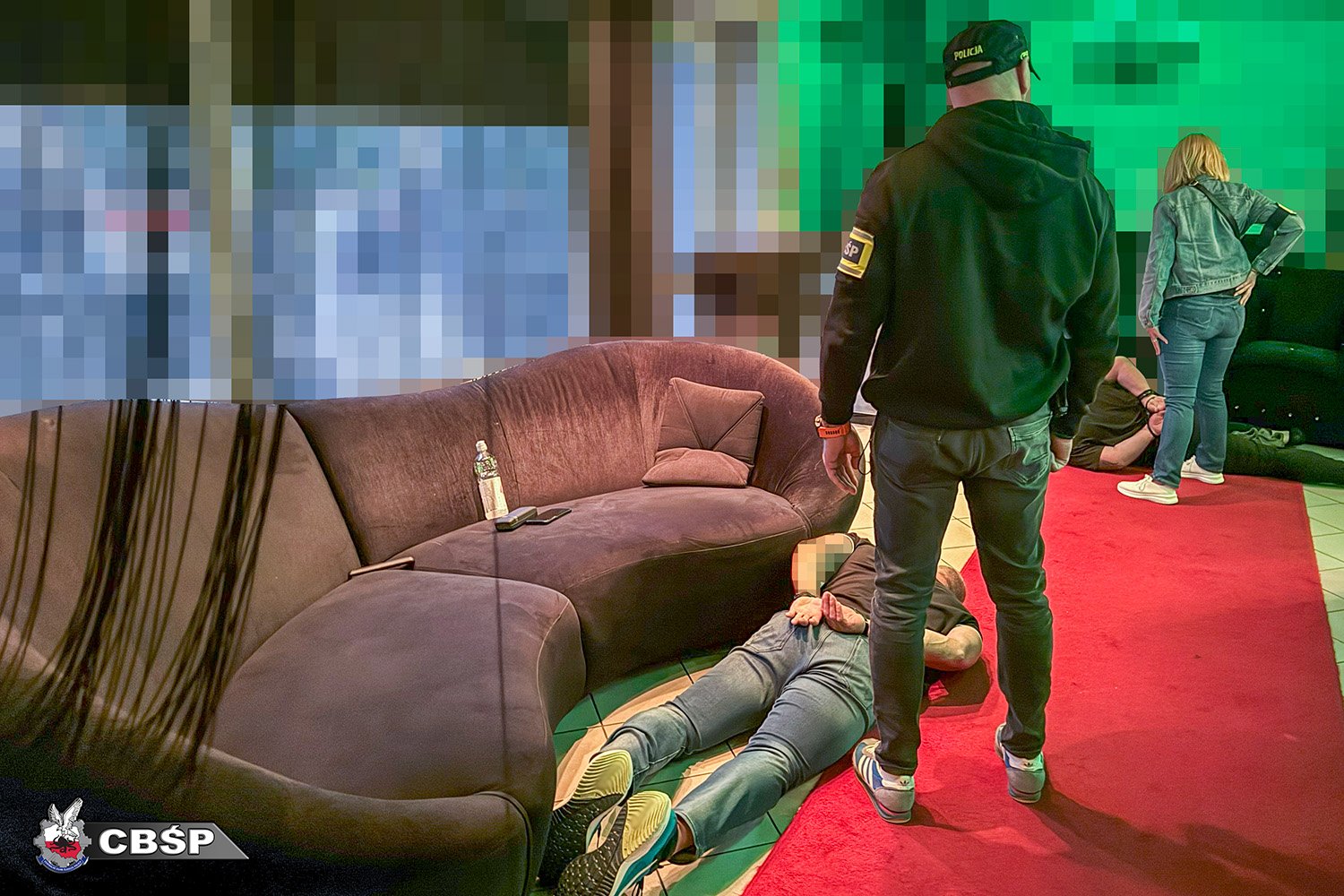reprint
18 January 2025
Łódź: celebration of the 80th anniversary of the liquidation of the German concentration camp for Polish children
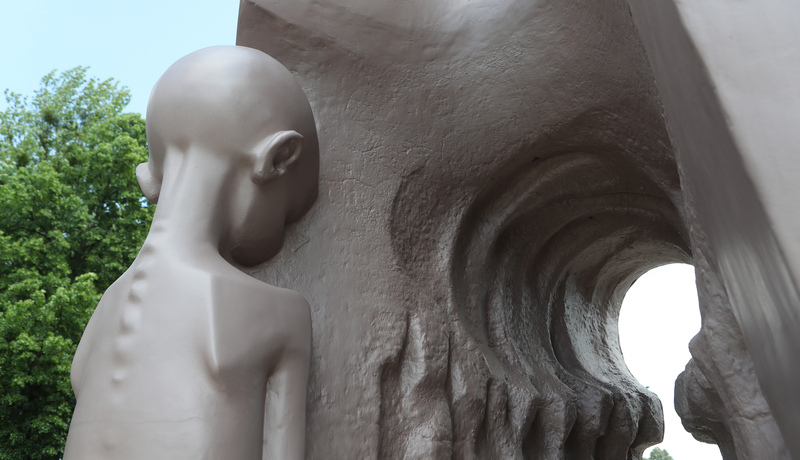
(A Monument to the Broken Heart in Łódź, photograph by Marian Zubrzycki / Forum)
Former prisoners, representatives of the authorities and youth attended the ceremony on Saturday on the occasion of the 80th anniversary of the liquidation of the German concentration camp for children at Przemysłowa Street in Łódź. In 1942-45 the occupiers imprisoned in it in very hard conditions from 2 to 3 1000 Polish children. About 200 young, innocent Poles lost their lives in it.
The Saturday ceremony was held at the Children's Martyrology Memorial, besides called the Broken Heart Monument, which reminds of the Nazi camp operating in Łódź in 1942-45 at Przemysłowa Street. Apart from 1 tiny building, there is no trace of the erstwhile execution site, the operation of which ended on January 18, 1945. German torturers then left about 800-900 tiny prisoners to their fate.
"The memory of children of war, victims of unprecedented cruelty experienced in the Nazi camp for Polish children at Przemysłowa Street, as well as in another places of execution is our common responsibility. On the 80th anniversary of the end of the camp in Przemysłowa Street, we stand here to remind of those small heroes, their determination and the will to survive. We remind you of those who survived and those who couldn't wait to be free.”
Former prisoners, representatives of the authorities and youth attended the ceremony on Saturday on the occasion of the 80th anniversary of the liquidation of the German concentration camp for children at Przemysłowa Street in Łódź. In 1942-45 the occupiers imprisoned in it in very hard conditions from 2 to 3 1000 Polish children. About 200 young, innocent Poles lost their lives in it.
The Saturday ceremony was held at the Children's Martyrology Memorial, besides called the Broken Heart Monument, which reminds of the Nazi camp operating in Łódź in 1942-45 at Przemysłowa Street. Apart from 1 tiny building, there is no trace of the erstwhile execution site, the operation of which ended on January 18, 1945. German torturers then left about 800-900 tiny prisoners to their fate.
"The memory of children of war, victims of unprecedented cruelty experienced in the Nazi camp for Polish children at Przemysłowa Street, as well as in another places of execution is our common responsibility. On the 80th anniversary of the end of the camp in Przemysłowa Street, we stand here to remind of those small heroes, their determination and the will to survive. We remind you of those who survived and those who couldn't wait to be free.”
– wrote Minister of Culture and National Heritage Hanna Wróblewski in a letter, which during the celebrations was read by Mr.
The letter recalls the memories of Jan Maciejewski, who went to Przemyslowa with his siblings as 1 of the 58 children from Mosina arrested by the Germans as part of a retaliatory action in 1943. Maciejewski recalled years later that in January 1945 the Germans started leaving the camp; the bombings of Łódź began and the children were rushed to work at excavations.
When the camp overseers fled, leaving respective 100 children there, the boaters approached the camp gate and the exhausted groups of young people took to their homes.
Janek, his brother and 2 girls from Mosina went to a female surviving at Przemysłowa Street in Łódź, where they did not last long – they left Łódź for Poznań on foot. On the way, they were stopped at the orphanage, but they besides fled from there to yet get home.
In spite of hunger, fatigue, and cold, many another children made an effort to scope their home – frequently destroyed or empty.
The letter recalls the memories of Jan Maciejewski, who went to Przemyslowa with his siblings as 1 of the 58 children from Mosina arrested by the Germans as part of a retaliatory action in 1943. Maciejewski recalled years later that in January 1945 the Germans started leaving the camp; the bombings of Łódź began and the children were rushed to work at excavations.
When the camp overseers fled, leaving respective 100 children there, the boaters approached the camp gate and the exhausted groups of young people took to their homes.
Janek, his brother and 2 girls from Mosina went to a female surviving at Przemysłowa Street in Łódź, where they did not last long – they left Łódź for Poznań on foot. On the way, they were stopped at the orphanage, but they besides fled from there to yet get home.
In spite of hunger, fatigue, and cold, many another children made an effort to scope their home – frequently destroyed or empty.
Among the participants of the ceremony at the Broken Heart Memorial was Jerzy Jeżewicz, who went to the camp in Litzmannstadt (so the Nazis renamed Łódź during the occupation) on September 10, 1943, at the age of 2.5, together with a 3.5-year-old brother.
"We were on Industrial almost a year, until July 30, 1944, and at the time erstwhile the judaic ghetto was liquidated we were loaded on a train and transported to a camp in Potulice, where we were already liberated, or until January 22, 1945. How many times I stand in front of this monument, I always feel behind me that individual else is there; individual who has stayed there forever“ Jeżewicz said.
The erstwhile prisoner of the camp for children reminded how for years the memory of the martyrdom of tiny Poles was blurred and even ignored, which led to the fact that papers concerning German activities in the Industrial area were not disclosed until many decades after the end of planet War II.
"It is with regret that the camp in Przemysłowa was physically liquidated – pushed by bulldozers, and in its place a beautiful housing property was erected. This is the only camp in Europe that's been treated this way. All of us (formerly prisoners – ed.), who are inactive alive, ask how it happened – Germans fled, the gates were opened, the records of all the prisoners were full in the camp; besides those who died” – said Jeżewicz.
The German concentration camp for Polish children was established on 1 December 1942 in areas isolated from Litzmannstadt Ghetto. The occupiers imprisoned children and Polish youth there from the age of 2 to 16, but the prisoners' accounts show that the Germans kept even a fewer months of infants here.
The camp was under the management of the German criminal police in Łódź. Children were kept in primitive conditions, slave labor, tortured. According to the newer findings, the camp consumed almost 200 fatalities, and in full it held 2 to over 3,000 children. erstwhile the German business in Łódź ended on 18 January 1945, more than 800 minors were in the camp.

